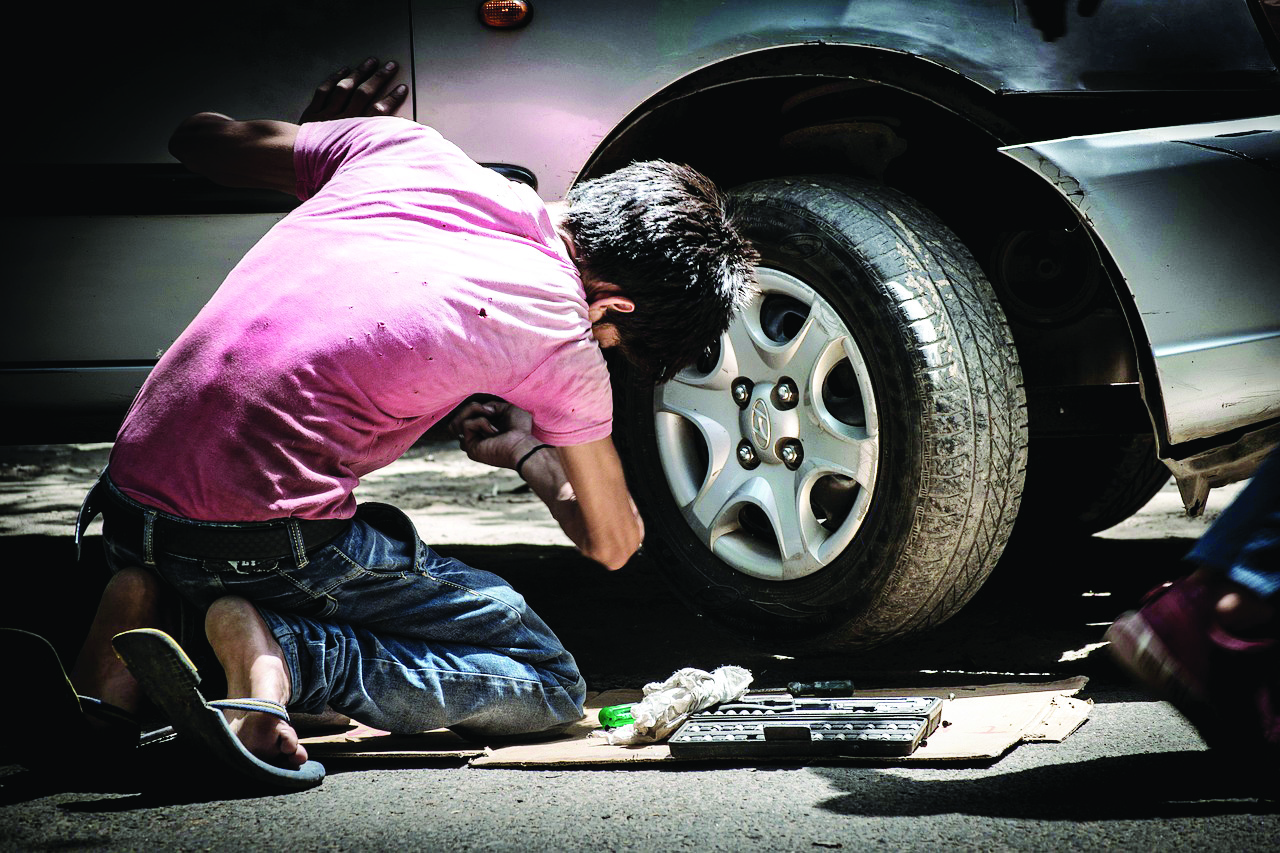‘Long way to go to end child labour, uniform definition of child needed’

The implementation of a policy to eliminate child labour has a long way to go before achieving its ultimate goal by 2025 and the country needs a uniform definition of ‘child’ under various laws, a parliamentary panel said in its report on Wednesday.
According the 52nd report of the Parliamentary Standing Committee on Labour, Textiles And Skill Development Committee tabled in the parliament, the panel found ambiguity in definition of child under various legislations.
It stated, “The implementation of the Policy has to go a long way for achieving the objective of elimination of child labour as per commitments made by the county after ratification of ILO conventions and to achieve the target stipulated in Sustainable Development Goal 8.7 to end all forms of child labour by 2025.”
According to the Child and Adolescent Labour (Prohibition and Regulation) Act, 1986 (CALPRA), the panel noted, ‘child’ means a person who has not completed his fourteenth year of age or such age as may be specified in the Right of Children to Free and Compulsory Education Act, 2009, whichever is more. The amendment made to the Act in 2016 defines the child falling in the age group of (14-18) years.
Under the Right of Children to Free and Compulsory Education Act, 2009, “Child’ means a male or female aged six to fourteen years.
As per the Minimum Wages Act, 1948 vide its amendment in 1986 a ‘child’ is defined as a person who has not completed his fourteenth year of age.
At the same time, the Juvenile Justice (Care and Protection of Children) Act, 2015 defines ‘child’ as a person who has not completed eighteen years of age.
The term ‘adolescent’ is not defined in JJ Act, 2015.
The Committee has also been given to understand that the Rashtriya Kishore Swasthya Karyakaram under the Ministry of Health & Family Welfare defines an adolescent as a person between 10-19 years,
the report said.
The Committee further noted that the employment of children in contravention of the CALPRA Act is a cognizable offence, whereas under the JJ Act, 2015, it is a non-cognizable offence. The Committee desires that the discrepancies in the criteria for determination of age of child in the aforesaid Acts and other related Acts as well as the provisions of offence being congnizable/non-cognizable under CALPRA Act/JJ Act be examined with a view to ensuring that these do not lead to any ambiguity as well as delay in justice to the aggrieved children, it stated.
The panel suggested that in the positive list of occupations and processes where adolescent can work, the ministry should not include those which are hazardous in nature.



